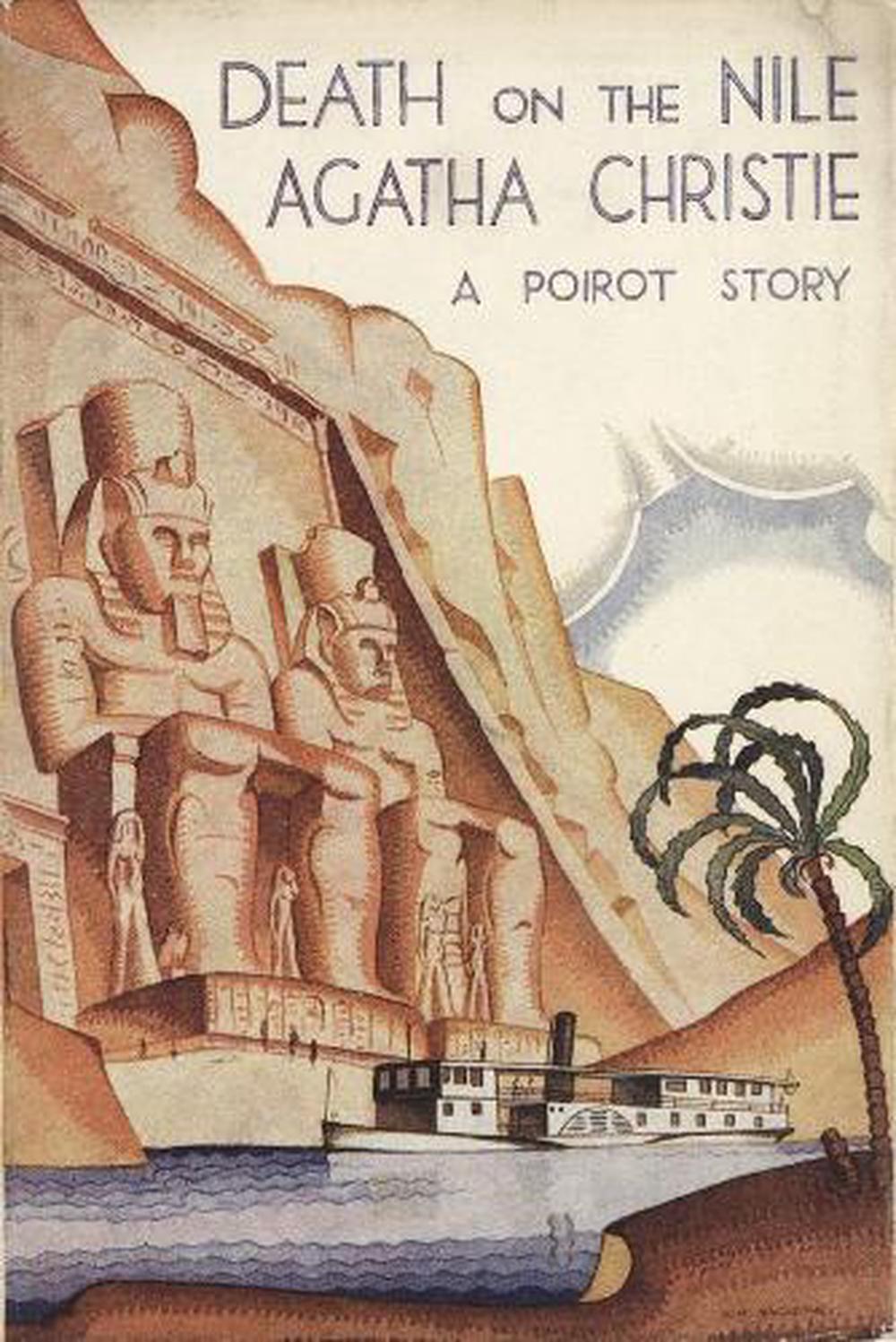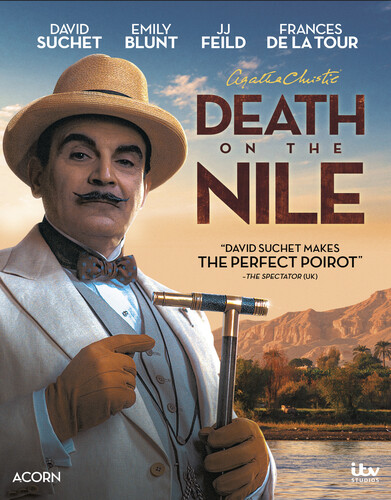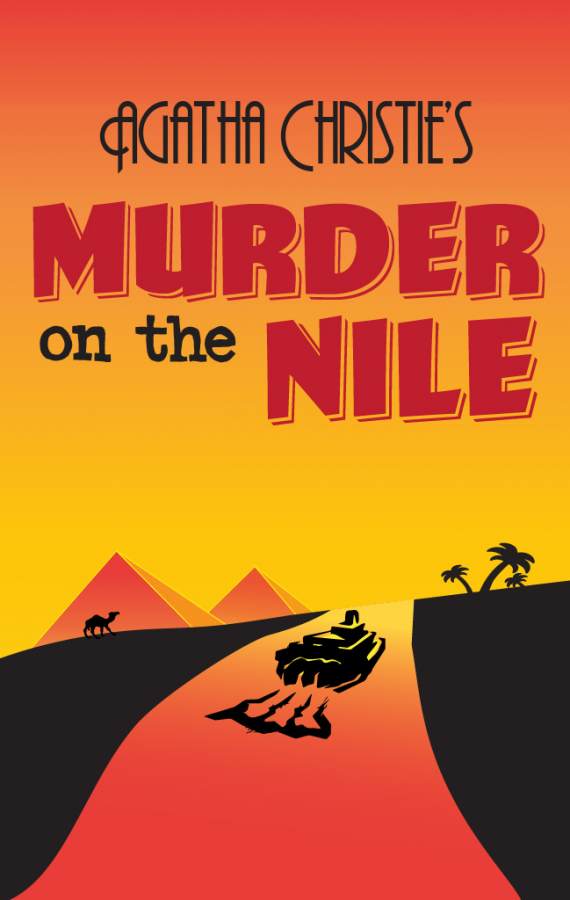

Not to mention that TV is proving that there are still signs of life in the old warhorse formula (see: The Afterparty). Yes, Knives Out proved that if you deposit a dead body in the middle of a mansion and get an idiosyncratic detective to go full metal Sherlock on marquee-name suspects, moviegoers will come - Rian Johnson’s movie is a perfect blend of genre homage, a gentle ribbing at the mustiness of these drawing-room thrillers and an ungodly amount of fun. Then there’s the mystery of whether celebrity-filled whodunnits are still viable enough to sustain such big-screen endeavors.

There’s a last-act payoff to this morsel of backstory, sort of, but it’s a head-scratching misstep on the filmmaker’s part. It feels like a weak, easy attempt at giving this canon-worthy snoop more depth in addition to his quirks and genius-level deductive skills, though it actually achieves the opposite: He becomes yet another classic fictional character reduced to the sum of his traumas and tragedies. That film’s sequel opens with an elaborate preamble that involves a young Poirot, WWI and PTSD, all at the service of explaining how and why that monstrosity now perches above his mouth.


(Let’s not kid ourselves here: This is a film franchise designed to appeal to adults who may or may not be interested in superheroes and droids but still want to go to movies that weren’t shot on iPhones, and it should be embraced as such.)įor starters: Who needed an origin story for the Belgian master detective’s mustache? While past screen Poirots from Peter Ustinov to David Suchet have sported delicately trimmed, elegantly waxed upper-lip hair, Branagh’s version has what appears to be a cresting, two-tier tonsorial tsunami happening in the middle of his face the biggest question regarding his adaptation of Murder was whether the man was wearing that majestic ‘stache or it was wearing him. There are many mysteries swirling in and around Death on the Nile, director-star Kenneth Branagh’s second attempt, after 2017’s Murder on the Orient Express, to sell Agatha Christie’s master sleuth Hercule Poirot - and by extension, a larger Poirotverse - to a new generation of old people.


 0 kommentar(er)
0 kommentar(er)
